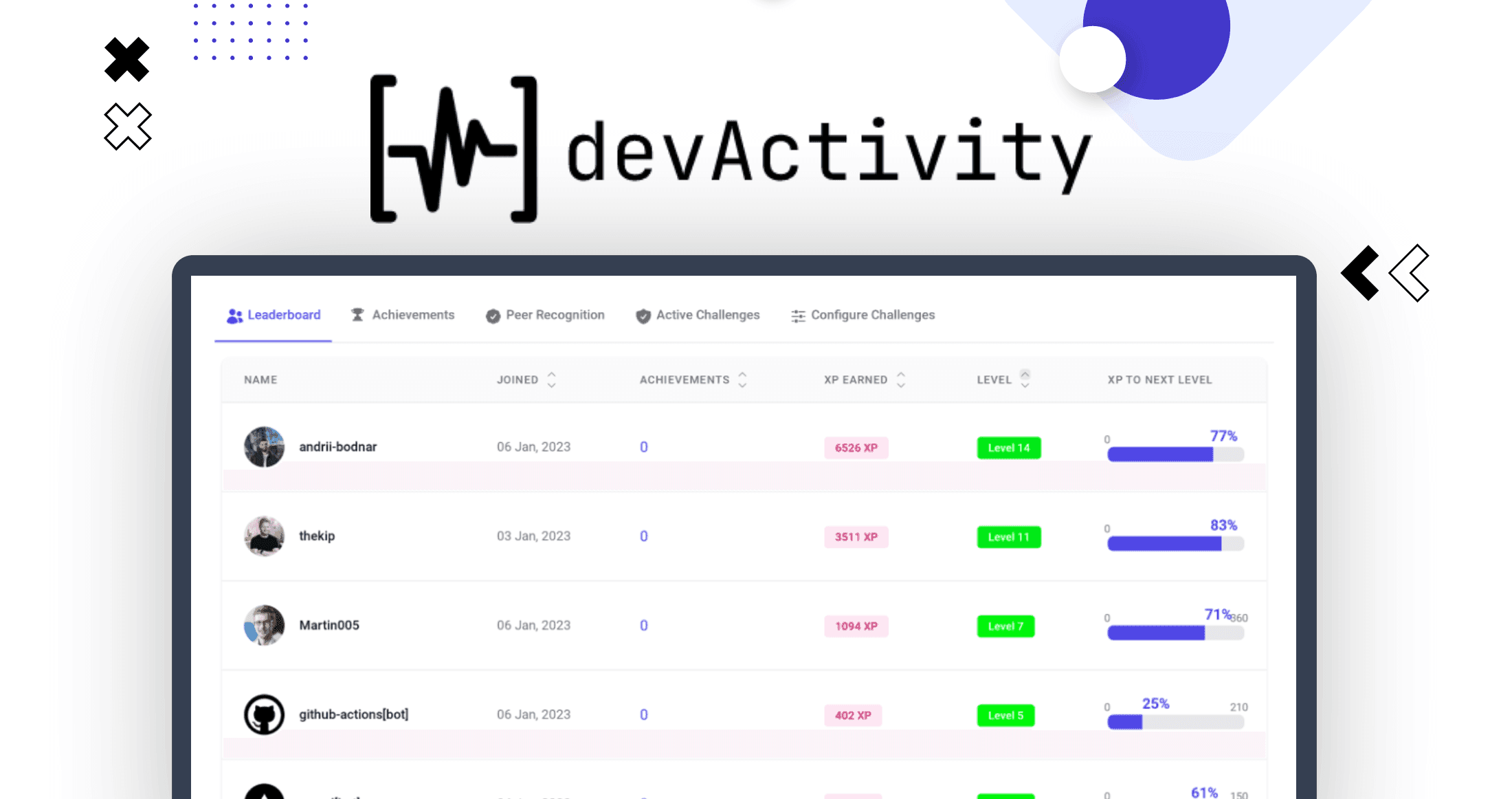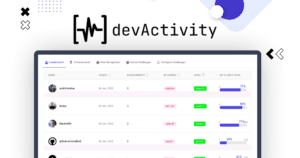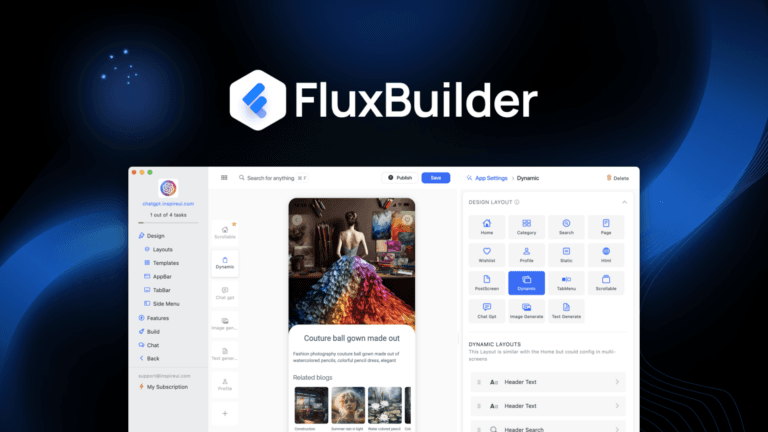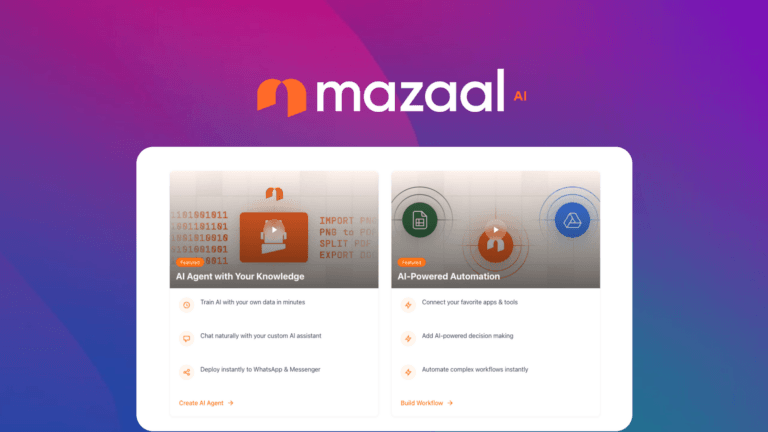I still remember the day our development team almost fell apart. As Engineering Director at a rapidly growing SaaS company, I watched helplessly as our third senior developer submitted their resignation in two months. During exit interviews, the pattern became clear – lack of recognition, unclear growth paths, and frustration with our performance review process. With forty developers across five teams, I knew we needed a dramatic change in how we managed, measured, and motivated our talent.
The Painful Reality
Our traditional performance review process was broken. Quarterly reviews were dreaded by both managers and developers, often based on vague impressions rather than concrete data. Team leads spent countless hours gathering information, while developers felt their contributions went unnoticed. Our attempts at measuring productivity through basic metrics like commit counts and story points were missing the bigger picture of quality and impact.
The lack of transparency was breeding frustration. Junior developers couldn’t understand their growth trajectory, while senior team members felt their mentorship efforts went unrecognized. Our company culture, once vibrant and collaborative, was showing cracks.
Finding a Better Way
During a tech conference, I learned about an AI-powered analytics platform designed specifically for software development teams. Initially skeptical about another tracking tool, what caught my attention was its unique approach to combining performance analytics with team engagement.
Implementation was surprisingly smooth. Within a week, we had integrated it with our existing development tools. The platform began analyzing not just code contributions, but patterns of collaboration, code quality, and peer interactions. What truly won over our developers was the gamification element – seeing their contributions translated into achievement badges and experience points created a positive buzz I hadn’t witnessed in months.
The impact was both immediate and lasting. Within the first month, our retrospective meetings transformed from complaint sessions into data-driven discussions about team dynamics and collaboration opportunities. The AI-powered insights helped us identify that our frontend team was consistently blocked by API documentation issues, a problem we quickly addressed.
Three months in, we saw concrete improvements:
– Code review response times decreased by 40%
– Cross-team collaboration increased by 65%
– Team lead preparation time for performance reviews reduced from 4 hours to 45 minutes
– Voluntary developer participation in mentorship programs doubled
But the most significant change was in team morale. The platform’s gamification features sparked friendly competition, with teams challenging each other to improve code quality metrics and documentation coverage. Junior developers particularly appreciated the clear visibility into their progress and areas for growth.
The New Normal
A year later, our development organization is unrecognizable from where we started. We haven’t lost a senior developer in nine months, and our hiring success rate has improved as candidates are attracted to our data-driven, transparent culture. The platform’s AI insights have become integral to our operations, helping us proactively identify potential bottlenecks and celebration-worthy achievements alike.
What started as a solution to our retention problem has evolved into a cornerstone of our engineering culture. Team members now have clear visibility into their impact, managers can provide meaningful, data-backed feedback, and executives have reliable insights into team health and productivity.
Looking ahead, we’re exploring new ways to leverage these insights for career development paths and team structure optimization. The days of subjective performance reviews and hidden contributions are behind us, replaced by a culture of transparent recognition and continuous improvement. For any technology leader facing similar challenges with team engagement and performance management, I can’t emphasize enough the impact of embracing a more intelligent, data-driven approach to developer analytics.






